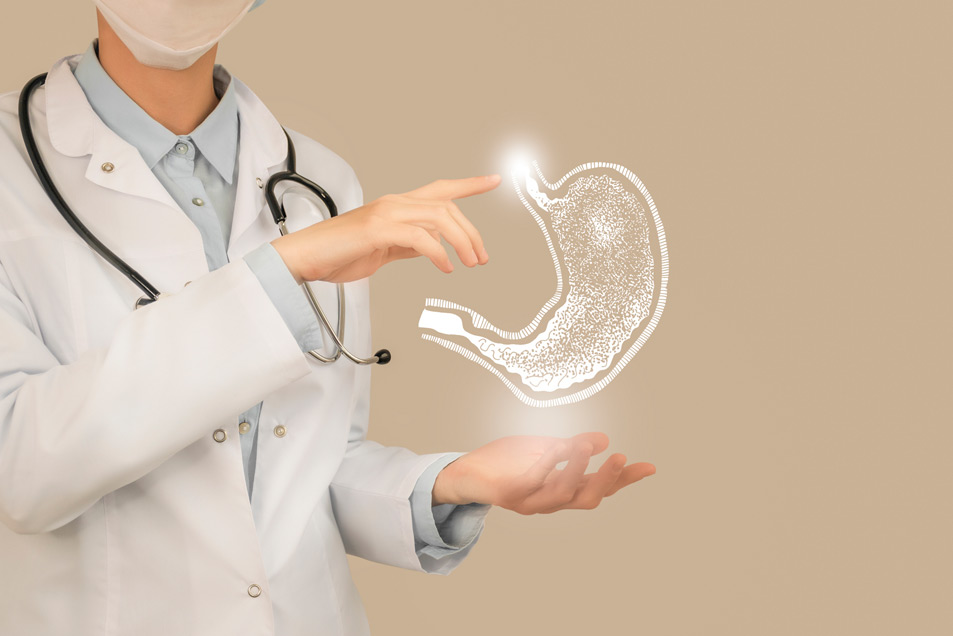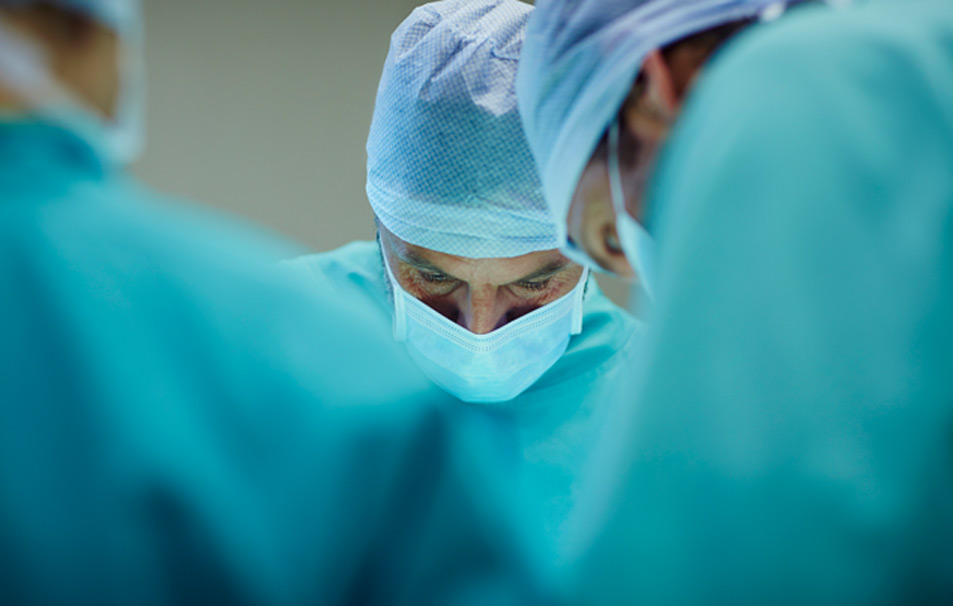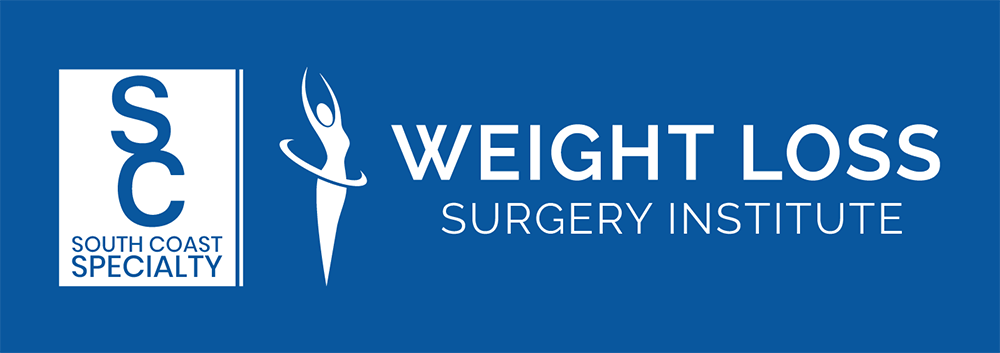Endoscopic sleeve gastroplasty (ESG) is a procedure designed to help individuals lose weight. The surgeon uses an endoscopic camera fitted with a suturing device to reshape the stomach into a sleeve and reduce the patient’s ability to eat large quantities of food. The internal suture pattern will collapse 70-80% of the patient’s stomach, but will not remove or cut the stomach.
ESG is permanent but may be reversed, if necessary. Patients who undergo ESG may lose 30-60% of excess weight and even experience improvement or remission of diseases like hypertension, type 2 diabetes, and other obesity-related comorbidity diseases. The ESG may also be referred to as the Endosleeve or the Accordion procedure.
What is Gastroplasty?
Gastroplasty means “stomach molding”. The Latin term “gastro-” means stomach, and “-plasty” means to mold.
The term “endoscopic” means the procedure involves the use of an endoscope. The term “sleeve” refers to the shape of the stomach that is created during the procedure.
Who is a Candidate for ESG?
To determine whether a patient could benefit from ESG, the physician will consider BMI, body composition, and the presence of diseases like hypertension, obstructive sleep apnea, hypertriglyceridemia, polycystic ovarian syndrome (PCOS), type 2 diabetes, and fatty liver disease.
Patients with one of the following conditions may qualify for endoscopic sleeve gastroplasty:
- Difficulty maintaining weight loss despite diet and exercise
- BMI greater than 30
- Body fat percentage greater than 35%
- Metabolic diseases such as type 2 diabetes, polycystic ovarian syndrome (PCOS), hypertriglyceridemia, hypertension, obstructive sleep apnea, and fatty liver disease.


What Happens During The Procedure?
Unlike traditional bariatric surgery, which requires incisions to alter or remove parts of the patient’s body, endoscopic sleeve gastroplasty doesn’t require any cuts and won’t leave any visible scars.
During the procedure, the surgeon inserts a flexible tube called an endoscope fitted with a mechanical suturing device through the patient’s mouth, down the esophagus, and into the stomach.
Once in the stomach, the suturing device will sew three rows of stitches. The stitches will then be pulled to constrict the pouch-like stomach into the shape of a sleeve.
Potential Risks of ESG
Compared to other bariatric procedures like gastric balloon, gastric sleeve, lap band, and gastric bypass, ESG has a much lower complication rate. Serious complications are very rare, but may include perigastric fluid collection, pneumothorax, gastric leak, and pulmonary embolism. It is extremely rare for treatment of these complications to involve additional procedures or surgery.
Benefits of ESG
ESG offers undeniable benefits that attract patients; these include:
- Minimally invasive: no incisions and no scarring
- Doesn’t require an overnight hospital stay
- Less expensive than gastric sleeve surgery
- Doesn’t alter the natural digestion process
- May reduce feelings of hunger
Why Choose the Weight Loss Surgery Institute
We have a team of experienced medical professionals trained to perform weight loss surgery, including endoscopic sleeve gastroplasty. Using state-of-the-art equipment and advanced techniques, our team delivers the highest quality of treatment to ensure outstanding results. Call our office today to schedule a consultation and learn more about ESG.

FAQs About Endoscopic Sleeve Gastroplasty & The Apollo ESG System
What is Endoscopic Sleeve Gastroplasty (ESG)?
ESG is an endoscopic, incisionless weight loss procedure performed by a doctor, who sutures the stomach with a specialized device called the Apollo ESG™ System to make your stomach smaller.
How is the ESG procedure performed?
While you are asleep, a specially-trained doctor passes a suturing device and camera through your mouth. After they reach the inside of your stomach, the doctor sews it into a smaller shape.
How does it help people lose weight?
The procedure makes the stomach 70-80% smaller. You eat less food so your system absorbs fewer calories. Food stays in the stomach longer, and you feel full longer.
How is ESG different than a laparoscopic gastric sleeve, gastric bypass, or other bariatric surgery?
ESG is performed endoscopically, meaning there are no incisions or scars, and most patients can go home the same day.
What are the most common side effects?
The most common side effects are gastrointestinal symptoms such as nausea, abdominal pain, vomiting, constipation, burping, or diarrhea. These symptoms typically resolve within 30-60 days. All procedures have risk. Patients should talk with their doctor and understand all risks before having any procedure.
Am I a candidate for this procedure?
Apollo ESG™ is for adults with obesity (defined as having a Body Mass Index (BMI) between 30-50 kg/m2) who have not been able to lose weight or maintain weight loss through diet and exercise alone.
Who cannot have ESG?
Patients who are unable to have an upper endoscopy, are pregnant, are using certain types of blood-thinning medications or have malignant tissue, large hiatal hernia, potentially bleeding gastric lesions, or eating disorders are not eligible for the procedure. Talk to your doctor about whether you are a candidate for ESG.
When can I return to work after ESG?
Patients typically return to work in 2-3 days.
How much weight can I lose with ESG?
According to a large, randomized clinical study, patients lose an average of 14% of their body weight 12 months after undergoing the ESG procedure. Results will vary by person.
Are the sutures permanent or dissolvable?
The sutures are made of a durable, permanent material that does not dissolve. However, the sutures can break. In the event the sutures break, you may not feel as full after eating as you did immediately after the procedure. If this happens, another procedure can be done to replace the broken sutures and restore the sleeve.
Is the procedure permanent?
Over time, scarring and bridging tissue forms to maintain the smaller stomach size and sleeve-like shape. As with weight loss surgeries, the sleeve can stretch over time. In the event the sleeve stretches, you may not feel as full after eating as you did after the procedure. If this happens, a retightening procedure can be performed to place new sutures and restore the sleeve.
Is the sleeve reversible?
In the event that you cannot tolerate the sleeve, your doctor may consider reversal. Reversal soon after the procedure can typically be done by cutting and removing the sutures in your stomach. If more time has passed and scarring has formed, the sleeve could be reversed by a procedure to cut the bridging tissue and removing the sutures, if recommended by your doctor. Like with any procedure, reversal of ESG is associated with risks and should be discussed with your doctor before proceeding.
How much does it cost?
Healthcare providers work with patients one-on-one to determine payer coverage and financing options.
Will I have to take nutritional supplements or vitamins?
No, you are typically not required to take nutritional supplements or vitamins following an ESG. Follow your doctor’s instructions on any specialized diet plans during recovery and to maintain a healthy lifestyle
What are the potential positive health impacts of ESG?
ESG has not been specifically tested or FDA approved for the treatment of weight related health issues like diabetes or hypertension. However, in a clinical study that included some patients with diabetes and hypertension, most of the patients with those conditions lost weight. With the weight loss, they tended to show clinical improvement in those pre-existing conditions

